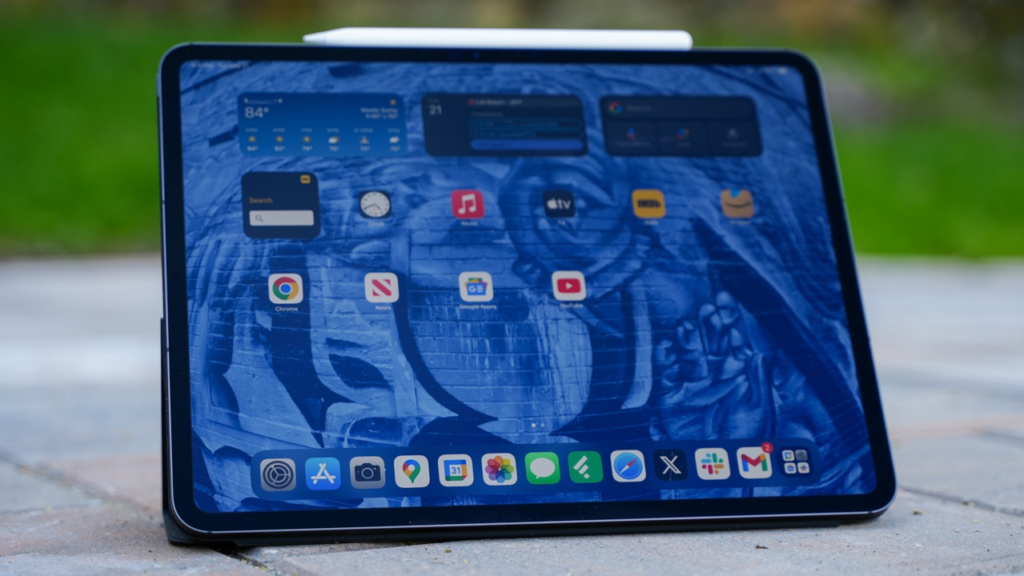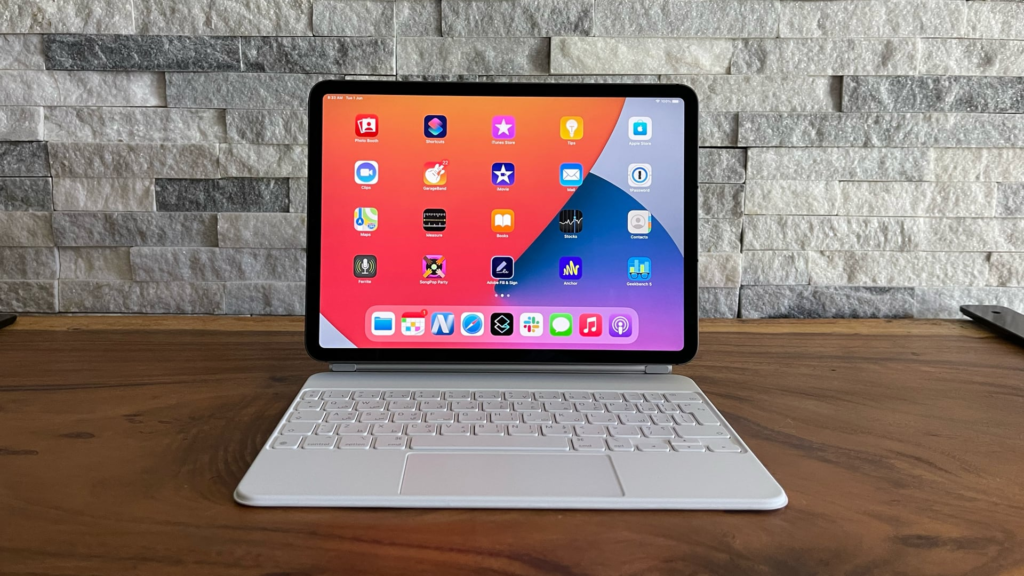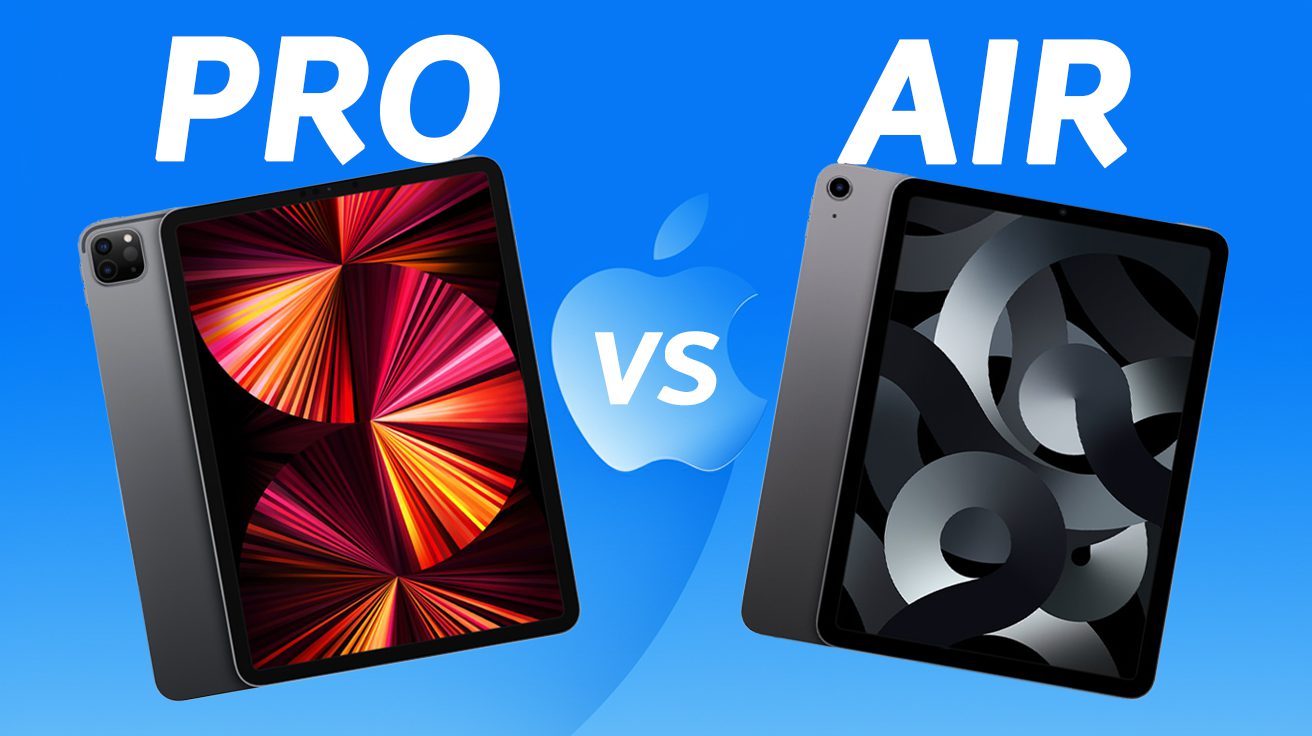Choosing between iPad models burns time and drains wallets. The difference between Air and Pro confuses even tech experts. Apple’s marketing suggests Pro offers essential upgrades. Yet hidden similarities make the Air a smarter buy. The price gap could fund several useful accessories.
Knowledge is power and will save you both money and future regret.
11. Price Point

The 11-inch iPad Air costs $599 versus the Pro’s $999 price tag – a substantial $400 difference. Even the larger 13-inch Air remains affordable at $799. This savings equals an Apple Watch or quality headphones. Investing in high-quality Bluetooth headsets could be a great choice if you’re saving money on an iPad Air. Many redirect this extra cash toward cases, adapters, or complementary tech. Performance differences barely register during everyday tasks like social media, streaming, or document editing. For typical users, the Air handles essential functions without the premium price, making the Pro’s cost increasingly difficult to justify.
10. Storage Considerations

Starting with 256GB, the Air provides adequate storage for most needs. Upgraded tiers cost an additional $200 each but deliver questionable value. iPads typically complement smartphones and laptops rather than replacing them entirely. Cloud services eliminate the need for extensive local storage. Keep media and large files online where they belong, and suddenly base configuration seems perfectly sufficient for daily applications and current projects.
9. Design Similarities

Sharing identical design language, both iPad tiers feature the same flat-edged aluminum chassis measuring just 6.1mm thick. While Pros come in two colors, Air models offer five vibrant options for personalization. Both use identical magnetic systems for accessories with indistinguishable proportions and build quality. Manufacturing precision remains consistent across price points, effectively removing aesthetics as a purchasing factor and forcing consumers to evaluate actual functional differences.
8. Accessory Alternatives

Third-party accessories deliver exceptional value compared to Apple’s offerings. ESR’s Shift case provides sturdy protection and viewing angles for $60, substantially below Apple’s pricing. Rebound’s keyboard includes a trackpad with multi-finger gesture support at one-third the cost of Apple’s keyboard. Alternative styluses offer 8,000+ pressure levels with palm rejection technology. These options frequently include additional features Apple omits entirely, creating a mature ecosystem where premium experiences no longer require premium prices.
7. Display Differences

Pro models differentiate themselves through ProMotion‘s 120Hz refresh rates compared to the Air’s 60Hz. Maximum brightness reaches 1,600 nits for HDR content on Pro versus 500 nits on Air. Both utilize identical Liquid Retina technology with P3 color accuracy, True Tone, and 264 ppi pixel density. Unless you’re professionally editing video or competitively gaming, these technical specifications rarely impact satisfaction. Most users cannot identify these differences without side-by-side comparison.
6. Face ID vs. Touch ID

Authentication methods vary significantly between models, with surprising practical implications. If you’re a fan of biometric security like Apple’s Face ID or Touch ID, you may also appreciate the convenience of a smart lock for your home. Pro devices implement Face ID facial recognition, while Air models integrate Touch ID within the power button. Fingerprint scanning responds in 0.2 seconds and functions reliably with masks or awkward viewing angles. Both systems maintain equivalent security protocols within dedicated enclaves. What initially seemed like a cost-cutting measure has evolved into a legitimate advantage for many users navigating masked environments and various usage scenarios.
5. Camera Systems

Pros include 12MP wide and 10MP ultra-wide rear cameras with LiDAR scanning capabilities. Air models feature a single 12MP wide rear camera. Both incorporate identical 12MP ultra-wide front cameras with Center Stage for video calls. Practical photography rarely happens on tablets due to their unwieldy form factor. Video conferencing quality remains functionally equivalent between models. For document scanning, reference photography, and mainstream AR applications, the Air’s camera system performs comparably to the Pro’s more expensive array.
4. Magic Keyboard Compatibility

Any keyboard designed for 11-inch iPad form factors works seamlessly with Air models regardless of generation. Previous versions cost 30-40% less on secondary markets while maintaining full functionality. Durability exceeds the average iPad replacement cycle. Typing experience, key travel, and spacing remain consistent across generations. Trackpad precision and gesture support function identically regardless of manufacturing date. Smart shoppers leverage cross-generation compatibility to enhance productivity without paying current-generation premiums.
3. Software Limitations

iPadOS imposes identical constraints across all hardware tiers. File management lacks desktop-level flexibility. Multitasking supports just two active applications plus Slide Over. External displays primarily mirror content rather than extending workspace. Resource-intensive applications rarely utilize even Air-level processing power due to system restrictions. The operating system—not hardware capabilities—establishes the practical ceiling for productivity, making the Air increasingly compelling for value-conscious professionals.
2. App Availability

No professional applications require Pro-exclusive hardware specifications. Creative tools like Final Cut Pro, Procreate, and Adobe Creative Cloud perform effectively on Air models. Professional software typically requires 4GB RAM minimum—a threshold all current iPads exceed. Processing demands rarely challenge the Air’s M2 chip with its 8-core CPU. Developers optimize applications for the entire iPad ecosystem rather than specific models, ensuring consistent experiences regardless of price tier.
1. iPadOS 18 and Apple Intelligence

Feature parity remains consistent across compatible models regardless of price tier. iPadOS 18 brings identical AI capabilities to both Air and Pro, including text summarization, writing assistance, and enhanced photo editing. System requirements depend on chip architecture rather than marketing classification. Both tiers typically receive 5-7 years of updates before obsolescence. As artificial intelligence becomes increasingly central to the tablet experience, Air models maintain feature parity with their premium counterparts.




























